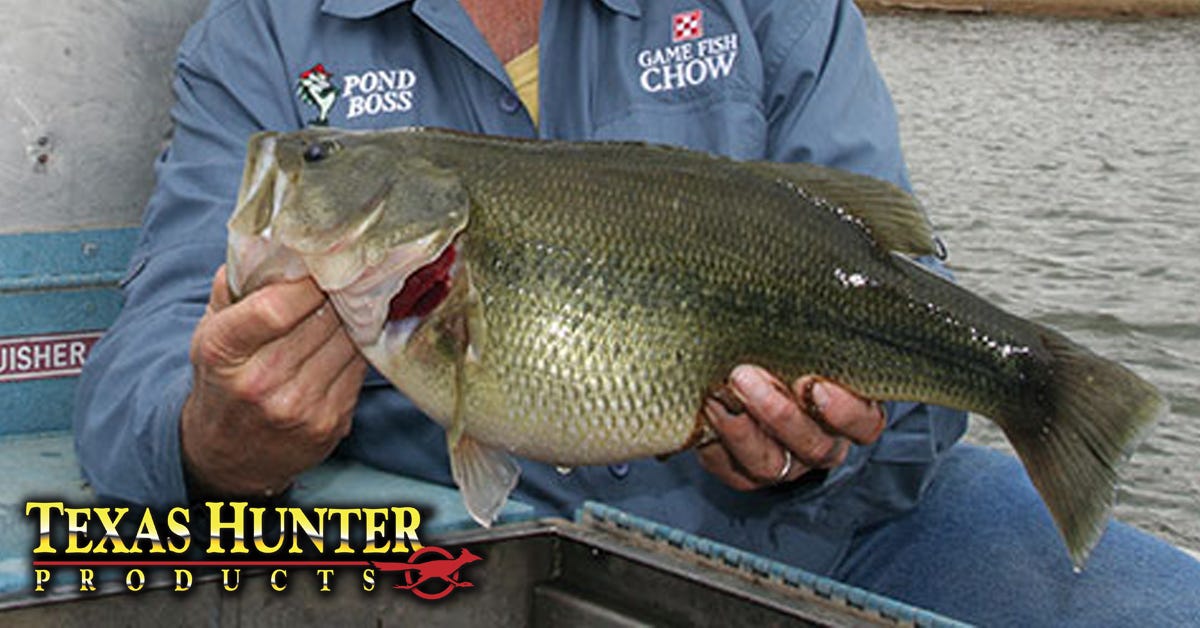- Sep 3, 2019
10 Tips for better Dove Hunting

This month, thousands of dove hunters will burn millions of shotgun shells in dove fields across the country. Many hunters regard dove season as more than just another shooting sport; it’s a chance to spend time with family and friends and the perfect opportunity to introduce a newcomer to the sport of hunting.
Equipment and preparation wise, dove hunting is simple, especially compared to other types of wing-shooting. Skillwise, it’s notoriously difficult. Doves are small, fast and acrobatic. Consistently knocking them down can prove quite tricky.
Patrick Flanigan, an exhibition shotgunner (and seven-time shotgunning world record holder), typically does pretty well on a dove field. But he says you don’t have to be a professional shotgunner to be a great dove shot — in fact, most hunters, new and experienced alike, can probably have better hunting this fall by just remembering a few of these tips.
1. Open the choke: Use a modified or improved-cylinder choke tube to provide you with a wider pattern. Many people use too tight of a choke for dove hunting. A tight pattern makes most shots in a dove field more difficult to hit — and it will destroy your bird if you do connect at close range.
2. Upsize your pellets: Most people use 7 ½ or 8 shot for doves, but at close range, there are so many pellets in those shells that you can pulverize your birds. Plus, those tiny pellets quickly lose energy at longer range. Flanigan likes to upsize his pellets for doves — say to 4s, 5s or 6s. He says there are still plenty of the larger pellets for a dense pattern, but the knock-down power is better at longer range.
3. Exaggerate your lead: Overshoot like you’re going to miss. You’ll shoot at most doves as they cross in front of you. Work at over exaggerating your lead by 6 feet or more, which means your barrel needs to be 6 inches in front of the dove. One inch of barrel movement equals about 1 foot of distance when you’re shooting targets in the air.

Exaggerated lead on a crossing dove
4. Stay flat-footed: Your shooting stance is extremely important. Flanigan stresses the importance of staying flat-footed. If you’re out in a cornfield standing on divots and rough ground, patch up that small area beneath your feet so you have a level spot to stand.
5. Focus on gun mount: Make sure you mount the gun correctly. Take your time when shouldering on an approaching bird, and make sure your cheek is on the stock. Otherwise, you’ll shoot high.
6. Shoot while sitting: Many shots in the dove field happen fast, and you need to shoot while sitting. Try to maintain good form and continue to focus on your gun mount. If possible, practice shooting a few clays from a sitting position before the season.
7. Going away: When a dove comes in from behind you and passes in front of you, use a front lead to catch up to it. This means you’ll actually need to aim a few inches below the bird to shoot in front of it. Envision floating the bird on your gun barrel as you press the trigger.

Straight-away shot
8. Pick a bird: When doves approach in a group, don’t get distracted and start shooting at the mass because you’ll likely miss. Focus on one bird and stick with it until it falls.
9. Coming in: When a dove is descending over decoys or about to land on a fence, power line, crop field, etc., let it begin its descent and begin your swing below it. Just as the gun barrel blocks the bird from sight, hit the trigger.

Begin your swing below an incoming bird and shoot when your barrel blots it out
10. Try decoys: Decoys aren’t necessary, but they can help you get closer shots at times. Try spacing four or five decoys out and double up a pair or two. No pattern is necessary. Spinning-wing dove decoys also offer added attraction from a distance (but make sure they’re legal to use in your hunting area).
##
Be sure to check out the Texas Hunter Dove Stool to add more enjoyment to your season.
Special thanks to Stephanie Mallory from Realtree for article content.



